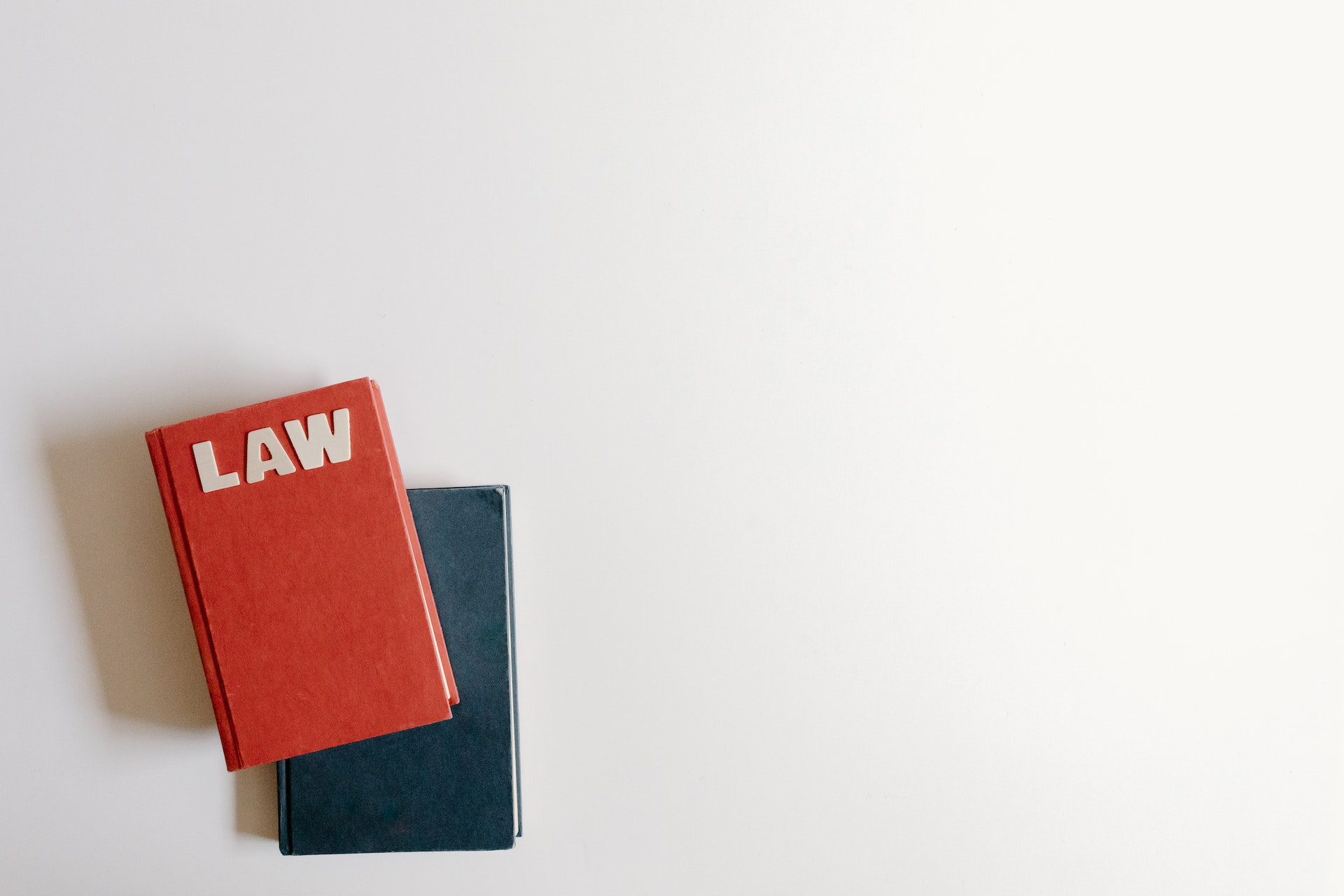INTRODUCTION
Ownership is a relation between a person and a thing that is the object of Ownership. It is also a relation between a person and a right vested in him. The concept of Ownership is both of legal and social interest. It came into existence when people began to think about mine and theirs.
DEFINITION OF OWNERSHIP
According to Austin:
Ownership is a right over determinate thing indefinite in point of User, unrestricted at the end of disposition, and unlimited at the end of duration.
ESSENTIALS OF OWNERSHIP
1. A person can claim Ownership:
Ownership can only vest in a person. It denotes the relation between a person and a thing when all the rights about that thing are granted to him. Indefinite in Point of User:
2. Indefinite from the point of the User:
Ownership is indefinite from the point of the User. These rights are liberties to use the thing. He is not obliged to use it; others are obliged not to use it or otherwise interfere with it.
3. Indeterminate in Duration:
Ownership is indeterminate in duration. Those who are not owners may be entitled to possess or use a thing for a limited period, but possession or User is of indeterminate course for the owner.
4. Unrestricted in Point of Disposition:
Ownership is unrestricted at the point of disposition. According to Austin, the right of alienation is necessary for Ownership. An owner can effectively dispose of his property by conveyance during his lifetime or by will after his death.
5. Right to possess the thing:
The owner has the right to possess the thing which he owns. It is immaterial whether he has actual possession of it or not. For example, If motorcycle A is stolen by ‘B‘, ‘B‘ has control of the motorcycle, but ‘A‘ remains the owner.
6. Right to Consume, Alienate or destroy the thing:
The owner has the right to consume, alienate or destroy the thing. Rights to consume and destroy or transfer requests over the item to another.
7. Residuary Character:
Ownership also has a residuary character. For example, suppose a landowner gives his property an lease to A on the easement to ‘B‘ and some other right to C. His Ownership now consists of the remaining residuary rights
8. Right to use, enjoy and exhaust the thing:
The owner has the right to use, enjoy and spend the thing owned. It includes the right to manage the item and its income, decide how it shall be used, etc.
KINDS OF OWNERSHIP
The following are the kinds of Ownership.
1. CORPOREAL AND INCORPOREAL OWNERSHIP:
Corporeal Ownership:
It is the Ownership of a material object. It infects the actual Ownership of land and chattels.
Incorporeal Ownership:
It means Ownership over intangible things. It is, in fact, the Ownership of rights in land or chattels. It includes Ownership over intellectual objects and encumbrances. For example, Ownership of a copyright, a patent or trademark, etc.
2. SOLE AND CO-OWNERSHIP:
Sole Ownership:
When the right of Ownership is vested in one person, it is called sole Ownership, But when it is vested in two or more persons simultaneously, it is called duplicate Ownership. Duplicate Ownership may happen in several ways, of which co-ownership is one.
Co-ownership:
When the right of Ownership is vested in more than one person jointly, it is called co-ownership. For example, members of a partnership firm are co-owners of the partnership property
3. LEGAL AND EQUITABLE OWNERSHIP:
Legal Ownership:
It has its origin in the rules of common law, and it does not necessarily imply the existence of an equitable owner.
Equitable Ownership:
It proceeds from the rules of equity. It always predicates outstanding legal Ownership.
4. VESTED AND CONTINGENT OWNERSHIP:
Vested Ownership:
Ownership is vested Ownership when the title of the owner is already perfect. In this case, the investigative fact from which the owner derives the right is complete in all its parts, and the Ownership is absolute.
Contingent Ownership:
It is the Ownership in which the title is imperfect but can become perfect upon fulfilling some condition.
5. TRUST AND BENEFICIAL OWNERSHIP:
Trust Ownership:
It is a trustee’s interest in the trust property. It is an instance of duplicate Ownership. A trustee is a formal or nominal owner.
Beneficial Ownership:
It is a beneficiary’s interest in the property. The relation between the two owners is such that one of them is under an obligation to use his Ownership for the benefit of the other) The beneficiary is the owner in substance or reality.
6. ABSOLUTE AND LIMITED OWNERSHIP:
Absolute Ownership:
Absolute Ownership is one vested all the rights over a thing to the exclusion of all.
Limited Ownership:
Where there are limitations on the User, duration or disposal, or rights of the Ownership, the Ownership is limited.
RELATIONSHIP b/w OWNERSHIP AND POSSESSION
The relationship between Ownership and possession is the same as that of body and soul.
According to Salmond:
A person is said to be the owner of a thing when his claim receives the recognition and protection from the law of the state, but possession may be exercised and realized even without such recognition or protection from the law
CONCLUSION
Ownership is the relation between a person and any right vested in him on account of this relation. The person has the power of disposal, use, and enjoyment of the thing according to regal de droit.
FAQs
Define Ownership. What are its kinds? Discuss.
(2018-A)
Define Ownership. Explain different types of Ownership.


